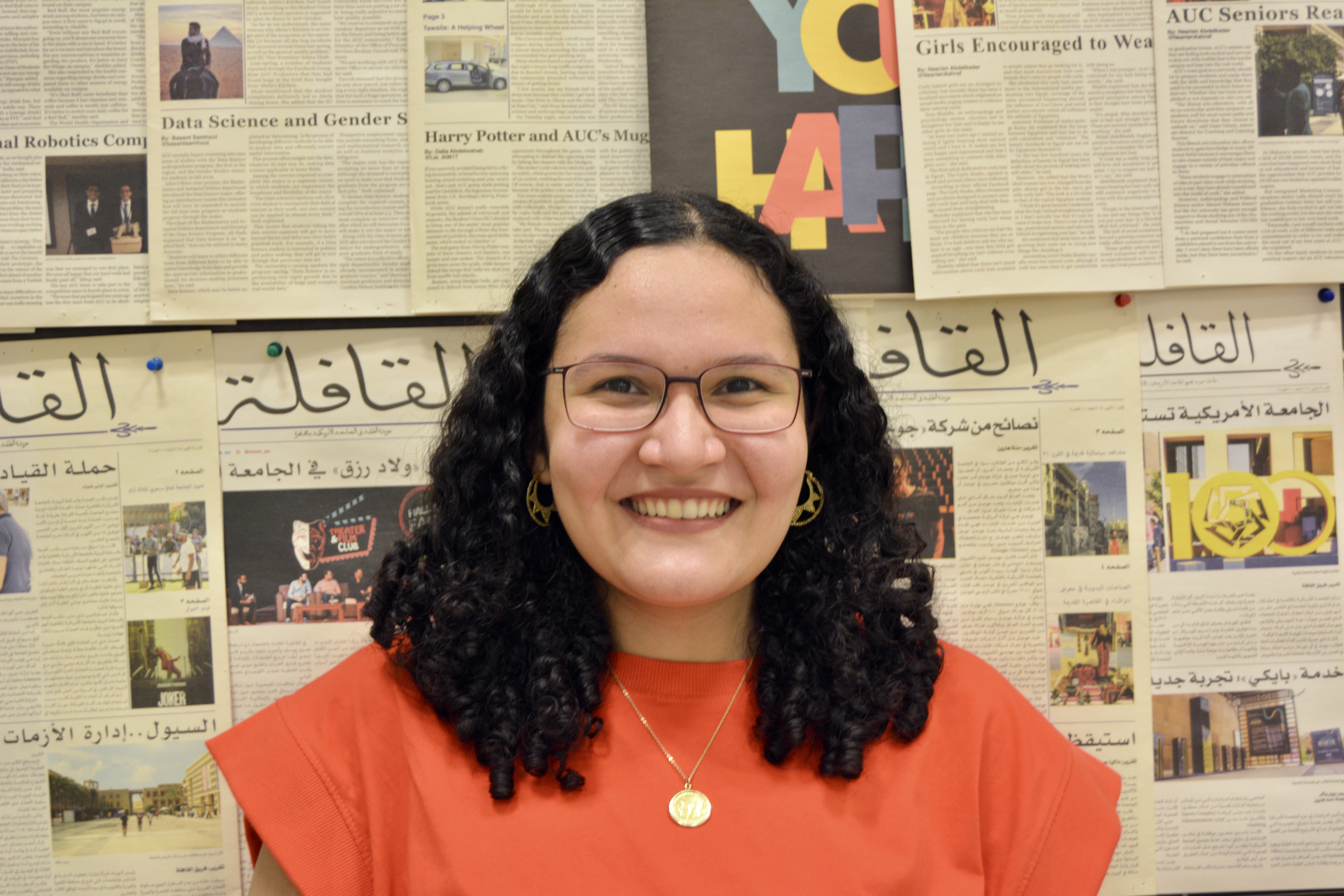By: Sawsan Ali
@SawsanHishamAli
I remember the time I went on a university field trip for one of my core classes and visited several mosques in Khan El Khalili. I recall our professor showing us the different design patterns inside the mosques and explaining to us how our campus windows borrow from those Islamic designs.
Little did I know back then that an Egyptian Architect who passed away last month is the creative genius behind those designs. In this week’s issue, The Caravan’s Malak Kamel writes in memory of a legendary architect who not only took part in designing our beautiful campus, but also many other community projects.
Designing for the user is something that Abdelhalim Ibrahim Abdelhalim did with great passion. He built with the purpose of creating value for people. As someone with a marketing background, I have much respect for this.
Human-centered architecture is a term that was coined in 1987 to describe the integration of disciplines like psychology, sociology, and anthropology to gain an in-depth understanding of the user’s needs and identify problems to solve through the design process.
Two of Abdelhalim’s projects particularly stand out to me for their human centricity.
First is the Community Art Center near the Opera House, which was designed at least in part by locals. This is a new and improved level of taking input from users – literally bringing them into the design process.
The collection of user input by allowing locals to participate in the design process is also quite similar to the idea of curating positive comments from users to post on a company social media page, if we wish to draw a parallel. It is as if users give their stamp of approval directly on the building by engaging in its design.
As for the Children’s Cultural Park in Sayeda Zeinab, the fact that it was built to uplift an abandoned community is enough evidence to prove that Abdelhalim cared about human-centric design and designing to solve problems for users.
Abdelhalim also encouraged others in the profession to integrate local designs from Egyptian heritage into their own architectural endeavors. This, in my opinion, adds an extra layer to the aesthetic value of the work the architects produce and gives it a deeper meaning and purpose.
It’s clear that Abdelhalim’s works speak about the architect’s ability and eagerness to put people at the heart of his projects.
So, next time you come across a piece of Abdelhalim’s work, which you inevitably will, remember him. Let’s try to collectively design a memory in honor of this legendary architect.
